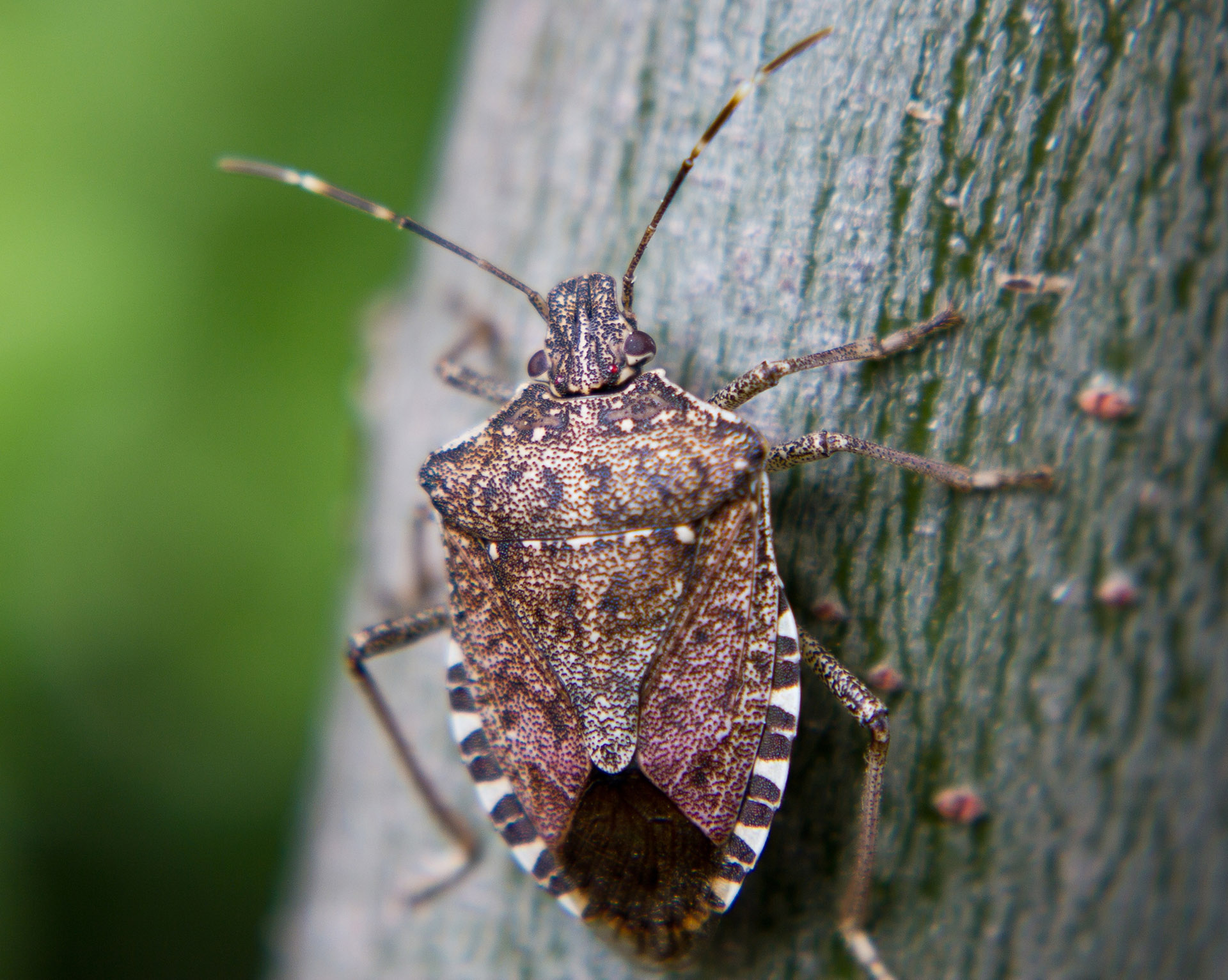Stink Bugs Invade East Hampton Town Hall

“They’re here already! You’re next!” screams actor Kevin McCarthy at the end of the 1956 science fiction classic, “Invasion of the Body Snatchers.” A similar, though much more subdued alarm was sounded during the East Hampton Town Board’s monthly Montauk Fire Department meeting on January 14. Board member Kathee Burke-Gonzalez raised the anxiety level. “We’ve got stink bugs in town hall,” she said.
The stink bug, species Halyomorpha halys, also known as the brown marmorated stink bug, is native to China, Japan, and the Korean peninsula. It was accidentally introduced to the eastern United States in the late 1990s, likely as a stowaway in a plant shipment. The bugs feed on fruit, and can wipe out an entire orchard’s crop. While the eastern climate suits the stink bug, it likes to move indoors for the winter.
Burke-Gonzalez told the board the pests are prevalent in her section of the building “to the point where I was on the phone about a month ago and you could literally count about three dozen stink bugs in my office. They crawl across my desk.”
She told the board she found one in her home after opening a tote bag she brought home from town hall. “David can tell you,” she added, pointing to board member David Lys, whose offices are also on the second floor of town hall. She also noted that they had been in Joanne Pilgrim’s office.
“You can hear them. They love the windows,” Burke-Gonzalez said.
Jeffrey Bragman said he’s been fired up over the same issue.
“They hitchhike on your clothing, I know that,” he said.
Board members agreed to have members of the town’s pest control company walk through the building to check for stink bugs.
Joel Melia, an East Hampton High School graduate and entomologist, said the stink bug is the insect version of a skunk. It has abdominal glands that release a foul-smelling fluid when threatened, injured, or killed.
“Anything that upsets it in any way is going to activate it,” he said, adding they are drawn to the warmth of buildings, particularly during the winter. “They sense heat.”
One good way to remove them, Melia said, is to gently pick them up with a paper towel, and flush them down the toilet.
t.e@indyeastend.com



